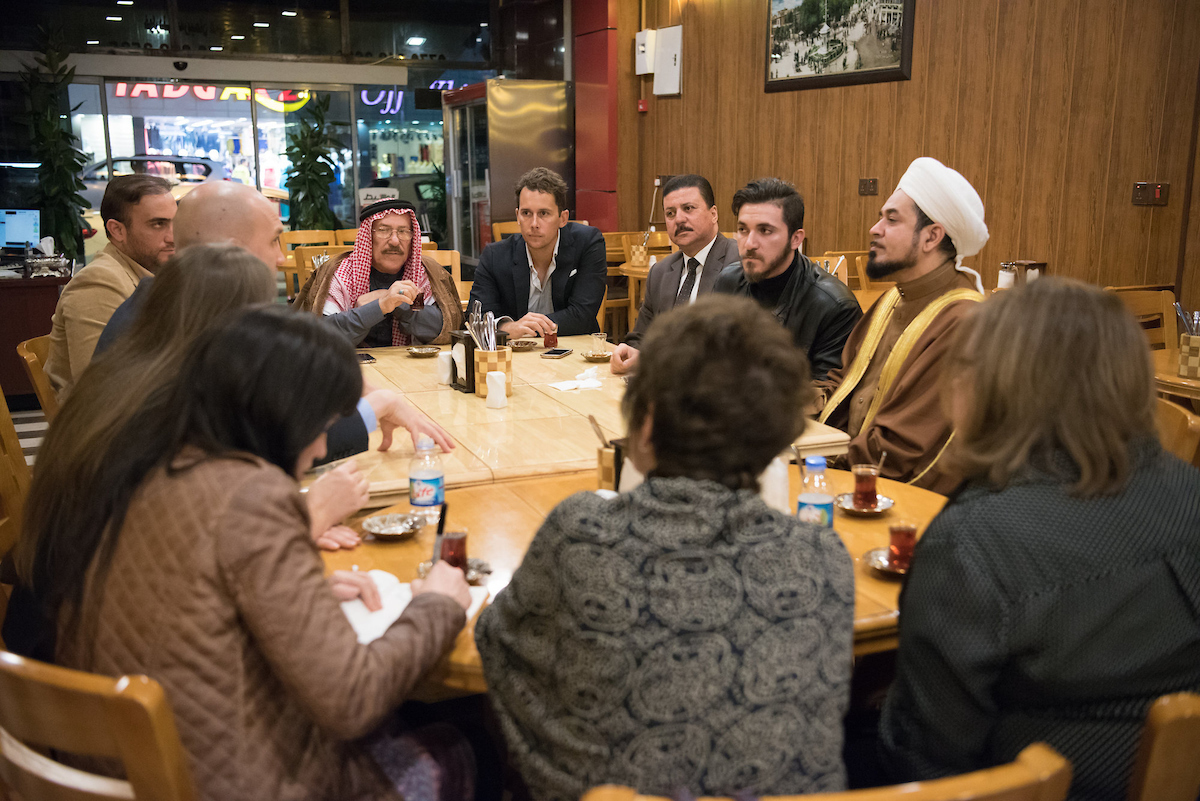In the last couple months, most of us have at least considered dropping Facebook—and maybe even Instagram on the worst days. We just couldn’t face one more political post. The discussions about racism and discrimination have been frustrating at best, anger-inducing at worst.
Many of us live near a wider spectrum of people than we realize. We have friends from different backgrounds. We may have Muslim co-workers. Most of us survived Thanksgiving dinner with family members on opposite sides of the political spectrum, and no one totally lost their cool at the table. How could anyone suggest that we might be racist or intolerant? Well, all that might be true.
It’s possible, though, that we’ve confused diversity with inclusivity. It’s possible that we are surrounded by differences but never open ourselves to be impacted by them.
It’s possible we have fallen into the trap of easy inclusivity.
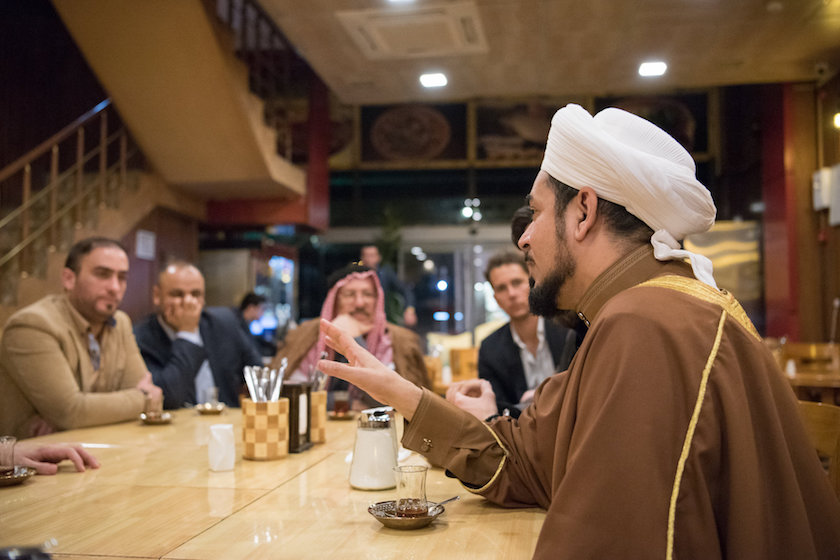 Photo by Christine Anderson
Photo by Christine Anderson
What is easy inclusivity?
Inclusivity isn’t about how a community looks, it’s about how a community functions. At its most basic, community is a collection of people who inhabit a common space and interact with each other out of shared goals. We tend to gravitate to people like us—those who look like us and sound like us.
It can be hard to imagine that people who share our spaces but “aren’t like us” might also share the same goals. In truth, we almost always do. No matter our age or background, we all want to be safe and healthy, to have meaningful work, to have access to good schools and opportunities for our children.
Easy inclusivity seems to invite others in, but really it just tolerates those who, at first blush, don’t seem to share much in common. Robust inclusivity, on the other hand, welcomes the hard work necessary to grow more vital ways to reach our shared goals.
It understands that when everyone feels valued, respected, and has access to the same opportunities, the whole community is enriched—we all win.
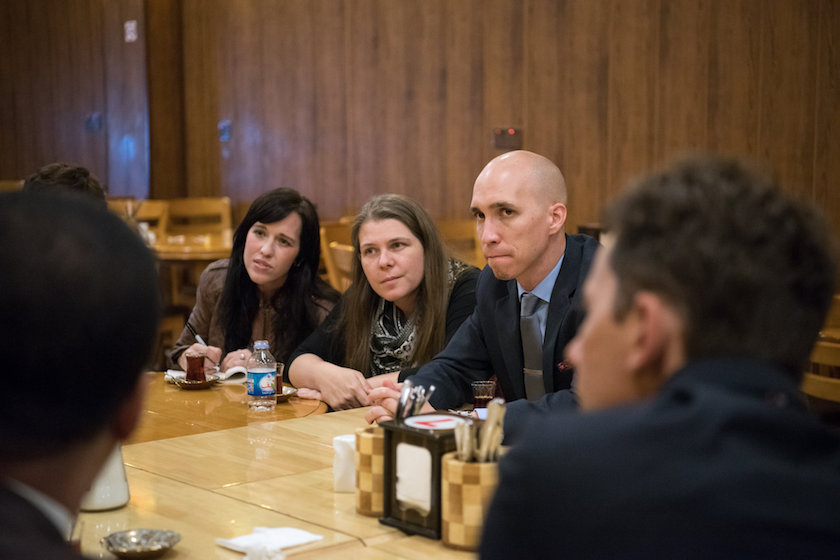 Photo by Christine Anderson
Photo by Christine Anderson
Why is easy inclusivity problematic?
Easy inclusivity is like most high school cafeterias. Yes, there are technically enough tables and chairs for every student, but there isn’t a place for everyone.
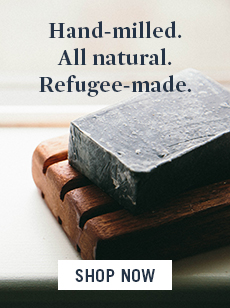
Easy inclusivity gives us a false sense of who we are, of what we hold in common. It glosses over what is happening in our neighborhoods, allowing us to miss each other’s pain. That missed pain can become a cancer that kills, unleashing the close-to-home kind of violence we fear most—from abuse and suicide, to shootings and terrorist attacks.
Easy inclusivity makes assumptions and projects our own experiences onto others instead of asking others for their perspective. It closes our ears and our hearts because we think we already know. We think we have nothing to learn from those who don’t look or sound or think like we do. The immigrant mother raising a handful of children alone might not seem like a mentor, but she has a lot to teach about creating a sense of belonging in children.
Easy inclusivity causes us to see those we help as “projects” and not valuable, contributing members of our communities. The stock boy the local grocery store with Down Syndrome might not be contributing significantly to the local tax base, but he’s likely fostering compassion and improving the quality of life for those he works with and serves.
Why does it matter? Easy inclusivity is quiet. It’s often mistaken for peace. But peace is not the absence of war or conflict. Peace is wholeness or completeness. We hold the keys of peace for each other, but miss out when we fail to set a table where others are valued.
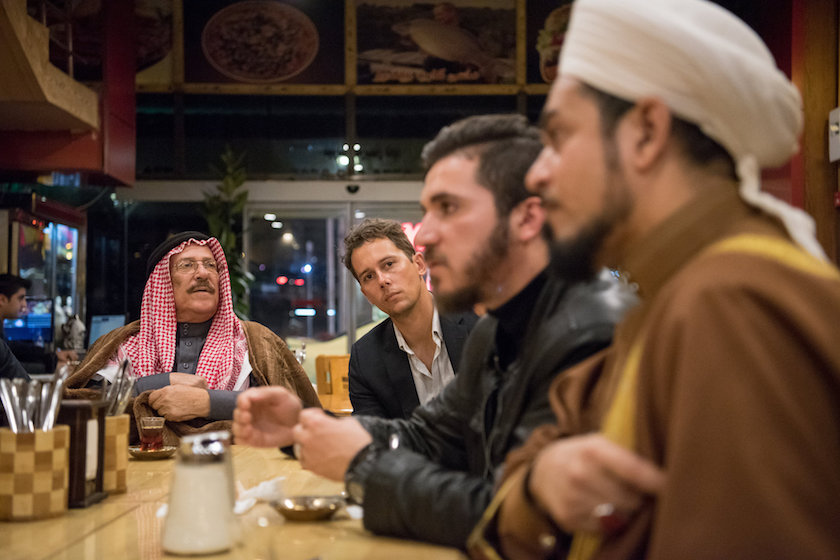 Photo by Christine Anderson
Photo by Christine Anderson
Questions to ask ourselves to cultivate a more robust inclusivity
-
Am I willing to be uncomfortable? Am I willing to examine my motives?
-
Am I willing to make space in my life for the kinds of deep relationships which allow for hard questions?
-
Do I listen with the goal of understanding, of expanding my frame of reference?
-
Do I seek out the wisdom of other traditions?
-
Do I look for opportunities to see the world from other perspectives?
-
Do I make decisions that benefit me and my family primarily? Have I considered what the situation might feel like for others?
-
Do I only read the news presented from people who look or think like me? Do I pay attention to how others are presented in the news? Am I willing to watch the news beside them and ask how it makes them feel? Am I willing to watch news presented from other perspectives?
-
Am I usually in a position of power? Am I able to invite others in or not? Am I willing to go where I must wait to be invited in?
-
How often do I ask what others need to be well?
It’s difficult to see beyond easy inclusivity. It takes time, effort, and a big dose of bravery. It isn’t an action to be done once, it is hard work—and a posture to approach life.


